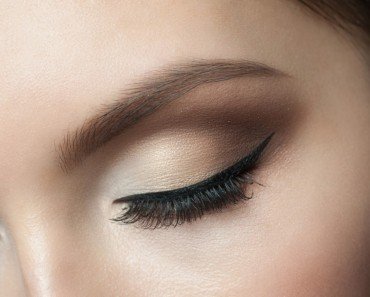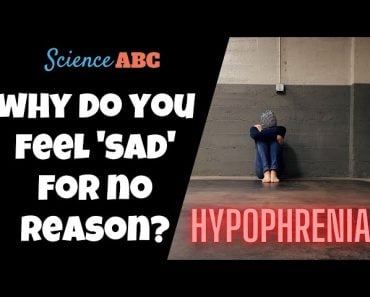Table of Contents (click to expand)
The tears you cry are less salty than normal tears, so water flows back into the saltier, ocular tissues around the eye, causing swelling of those tissues – puffy eyes!
As the ancient proverb famously states, “eyes are the window to the soul”, which means that they can reveal a lot about a person. For example, bloodshot eyes may hint at a long night of partying, droopy eyes make suggest a lack of sleep, and “glazed-over” eyes may actually be a clue pointing to elevated thyroid levels. However, one of the hardest “eye clues” to hide is the puffiness that invariably happens after a solid bout of crying.
You can wipe away the tears and blow your nose, but the puffy eyes after a tearful farewell, breakup or rom-com are very difficult to erase! The question is… why does crying make your eyes get so puffy?
Recommended Video for you:
Why Do We Get Tears From Our Eyes?
Some people may think that all tears are created equal, but those people are wrong. There are actually three different types of tears that are found in the eye. While all of them are related to production and moisturizing of the eye, they are produced in different places and have different characteristics. Let’s quickly take a look at the whole story.
Lacrimal Gland: As the real foundation of our tears, these small glands located in the outer, upper corners of the eye are constantly secreting a liquid that has certain antibacterial qualities. This is the liquid that gets spread across the surface of the eyeball every time we blink, functioning as a constant shield for our delicate eyes.
When any tears are in the eye, they drain down the nasal canal of the tear duct, which is why the secreted liquids aren’t constantly spilling down our face. However, the tears present in our eye come in three forms.

Basal Tears: The tears perpetually secreted by the lacrimal gland are called basal tears, and they provide lubrication, protection and generally healthy conditions for the intricate tissues and mechanisms of the eye, while also allowing for smooth, low-friction movement against the inside of the eyelid.
Reflex Tears: When you’re riding on the back of a motorcycle with the wind whipping into your face, it almost feels like the tears are being ripped from your eyes! These reflex tears are the same tears that occur when you slice an onion, or let the smoke from your bonfire blow into your eyes.
Emotional Tears: This final variety of tears, regardless of their cause – happiness, sadness, exhaustion, anger etc. – are what most of us think about when someone mentions “crying”.
These tears are distinctly different than those other types of tears. Primarily, there is less salt in the tears, and they tend to come in a much larger volume, particularly if something truly terrible happens! These tears are also different in their chemical composition; they actually contain much higher levels of stress hormones and similar indicators, such as adrenocorticotropic hormone (ACTH)… even if you’re a mermaid.
As nice as it is to understand that not all tears are created equal, what does all this have to do with those annoying puffy eyes following a good, hard cry?
Why Do We Get Puffy Eyes From Crying?
As mentioned, when you start crying, the tears start overwhelming the nasal canal in the tear duct, causing the stream to run down your face. At this point, the majority of liquid on your face is the watery, low-salt emotional tears. The lacrimal glands that are producing these tears are working overdrive to produce this endless stream of tears, which is not the usual workload. This excessive overproduction can cause inflammation in these small glands, which is one of the core reasons behind the swelling in that area of the face.
However, there is another peripheral explanation, which has to do with everyone’s favorite scientific process – osmosis! Those emotional tears are far less salty than the other varieties of tears, meaning that as liquid is being pumped out of the body and nearby cells into the lacrimal glands, those cells are becoming increasingly high in terms of salt concentration. Once the tears stream down your face, that non-salty liquid goes through the process of osmosis, moving back into the high-salt cells on the surface of the skin, causing them to swell and appear puffy!
In other words, crying is truly a vicious cycle! The more you cry, the more the glands become inflamed and the more swollen the tissues get. Then, you look in the mirror, see how puffy your face looks, and start crying all over again! My opinion? Having a good cry every once in a while is healthy and cathartic, but maybe let the puffiness go down before putting your face back out there in the world!
References (click to expand)
- Sadoff, R. L. (1966, December). On the nature of crying and weeping. The Psychiatric Quarterly. Springer Science and Business Media LLC.
- Stern, M. E., Gao, J., Siemasko, K. F., Beuerman, R. W., & Pflugfelder, S. C. (2004, March). The role of the lacrimal functional unit in the pathophysiology of dry eye. Experimental Eye Research. Elsevier BV.
- Why Your Eyes Get Puffy When You Cry - Indiana Public Media. WFIU













